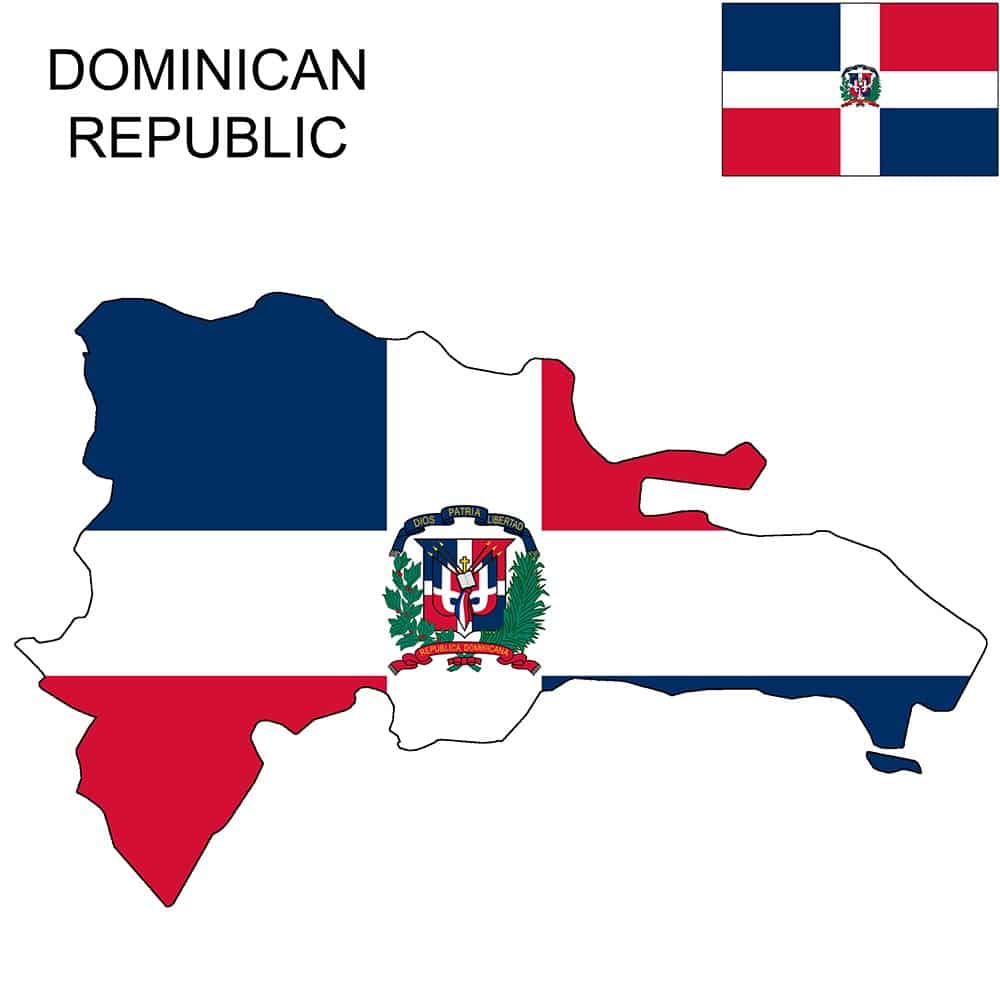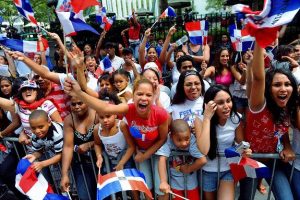Headlines
Dominican Republic: A Journey Through Time and Independence

The Dominican Republic is a country located on the eastern two-thirds of the island of Hispaniola in the Caribbean Sea. It shares the island with Haiti to the west. The history of the Dominican Republic is rich and complex, with significant events and people shaping its past.
See Population, Official Language And More…

Dominican Republic
The first recorded history of the Dominican Republic began in 1492, when Christopher Columbus, an Italian explorer working for the Crown of Castile, arrived on the island during his first voyage to the Americas. At that time, the island was inhabited by the Taino people, an Arawak-speaking indigenous group.
Columbus established a small colony on the north coast, but it was abandoned due to conflicts with the indigenous population. He later founded the city of Santo Domingo on the Caribbean coast in 1496, which became the first seat of Spanish colonial rule in the New World. The Dominican Republic was part of the Spanish Empire for several centuries.
During its history, the Dominican Republic experienced political and civil disorder, ethnic tensions, export-oriented booms and busts, and long periods of military rule. Notably, it was occupied by Haiti from 1822 to 1844. In 1844, the Dominican Republic declared itself an independent nation from Haiti.
The country went through various political changes and faced challenges such as the oppressive dictatorship of Rafael Trujillo from 1930 to 1961. The United States also intervened militarily in the Dominican Republic during two periods: from 1916 to 1924 and from 1965 to 1966.
Today, the Dominican Republic is a democratic nation with a diverse cultural heritage influenced by its indigenous roots, Spanish colonial history, African heritage, and more recent global influences. It is known for its beautiful beaches, vibrant music and dance, and warm hospitality.
- The island of Hispaniola, where the Dominican Republic is located, was discovered by Christopher Columbus in 1492 during his first voyage to the Americas.
- The island was inhabited by the Taino people, an Arawak-speaking indigenous group.
- Columbus established a small colony on the north coast, but it was abandoned due to conflicts with the indigenous population. He later founded the city of Santo Domingo on the Caribbean coast in 1496, which became the first seat of Spanish colonial rule in the New World.
- The Dominican Republic was part of the Spanish Empire for several centuries.
- The country experienced political and civil disorder, ethnic tensions, export-oriented booms and busts, and long periods of military rule. It was occupied by Haiti from 1822 to 1844.
- In 1844, the Dominican Republic declared itself an independent nation from Haiti.
- The country went through various political changes and faced challenges such as the oppressive dictatorship of Rafael Trujillo from 1930 to 1961.
- The United States also intervened militarily in the Dominican Republic during two periods: from 1916 to 1924 and from 1965 to 1966.





